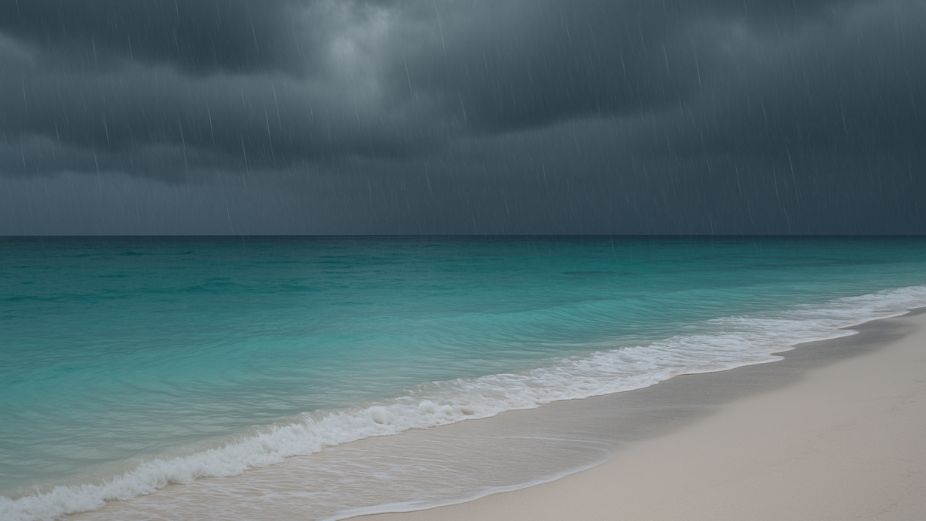
Tourist arrivals to the Maldives rose by 13 percent in May 2025 compared to the same period last year, according to the Maldives Monetary Authority’s latest Economic Update. With over 135,000 tourists entering the country during the month, the growth was driven largely by strong demand from China and Europe. Yet beneath the headline figures, a deeper trend is emerging. The growth appears to be concentrated in guesthouses rather than in the traditional resort sector.
While the number of visitors climbed, total tourist bednights for May declined by nearly 1 percent. The data shows a 5 percent drop in resort bednights, offset by a 37 percent rise in guesthouse bednights. This shift suggests that the tourism growth is increasingly being felt at the budget end of the market, raising questions about revenue generation and the spending power of newer visitor segments.
Operational bed capacity rose by 2,328 beds, yet the overall occupancy rate declined to 43 percent from 45 percent in May last year. Combined with a shortening of the average stay from 7.7 days in January to May 2024 to just 6.8 days in the same period of 2025, this signals growing pressure on high-end operators, even as the country welcomes more tourists.
The first quarter of 2025 also saw a modest real GDP growth of 2.5 percent, supported by gains in public administration, construction, tourism, and financial services. But growth forecasts for the year have been revised downward. Real GDP is now expected to grow by 4.5 percent under the baseline scenario compared to the earlier projection of 6.7 percent made in late 2024.
The discrepancy between higher arrivals and lower resort occupancy may point to shifting tourist preferences, increased cost sensitivity, or a market gradually adapting to a more diversified set of offerings beyond luxury.
With total exports up 3 percent and inflation softening to 4.6 percent, the economy shows signs of resilience. However, challenges remain. Gross international reserves stood at USD 815.8 million at the end of May, down from the previous month but significantly higher than the same time last year. Meanwhile, credit growth to the private sector has slowed, with personal loans showing the strongest increase and tourism credit registering a 2 percent decline.
In short, while tourist numbers are up, the earnings potential of those visits, especially for the high-value resort segment, may be tapering. Whether this shift is a temporary seasonal quirk or a longer-term transformation in the structure of Maldivian tourism remains to be seen.









